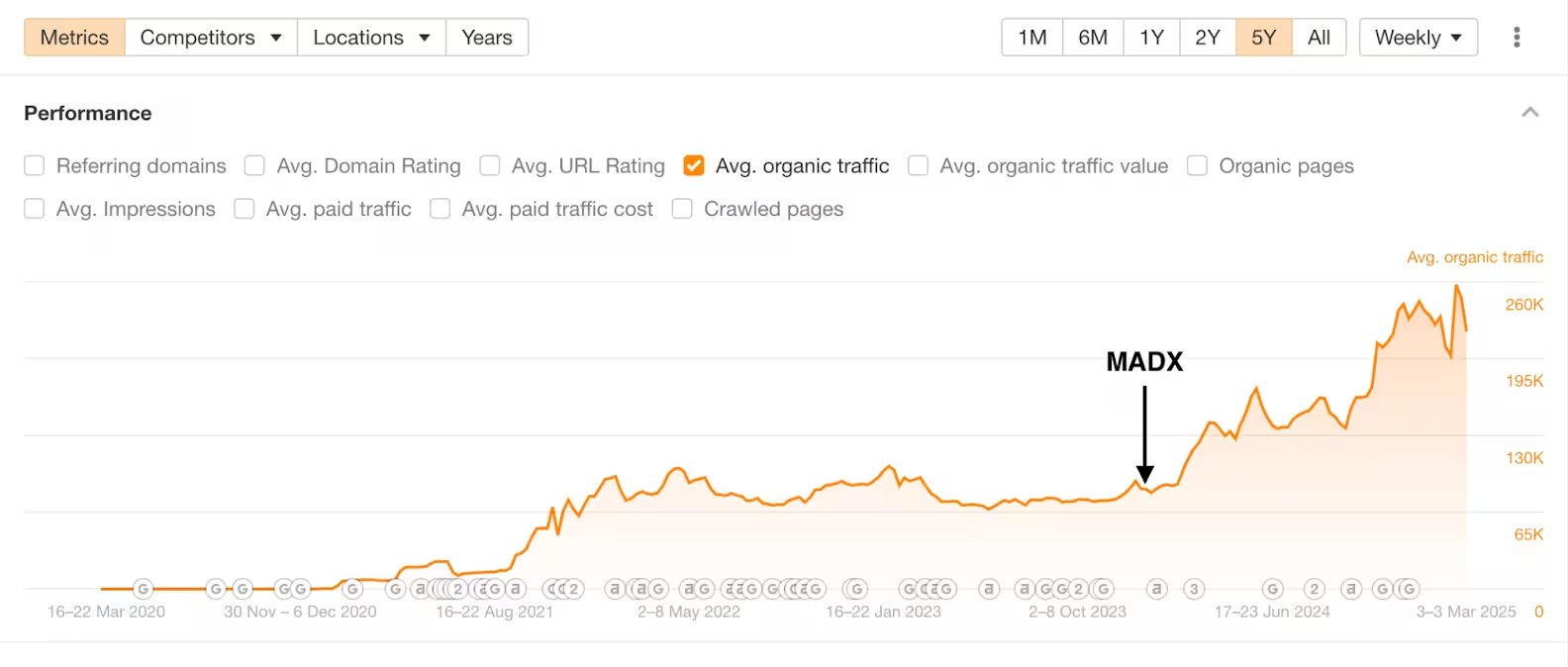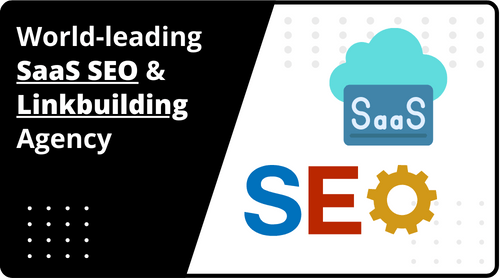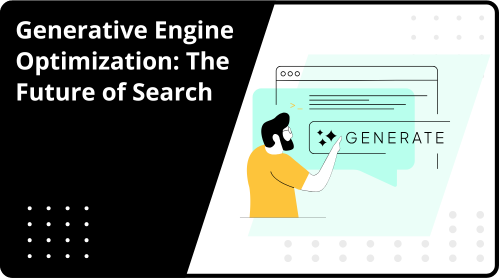How to Rank in Perplexity AI: 4 Strategies for Success


AI-powered search engines are changing the way users search for and engage with information. Instead of scrolling through endless links, users now get direct, well-sourced answers faster than ever.
For businesses and platforms, this presents both a challenge and an opportunity. Traditional SEO strategies are no longer enough on their own. To stay visible and competitive, brands must adapt their content and optimization efforts to embrace this new AI-driven search experience.
In this guide, we’ll break down how Perplexity AI ranking works and share practical strategies you can implement to increase the chances of getting your content cited, referenced, and ranked in this emerging search channel.

What We'll Cover
What is Perplexity AI?
Perplexity AI is an advanced, AI-powered search tool designed to provide accurate, real-time, and well-sourced answers to a wide range of user queries.
It's growing in popularity at a rapid rate: As of the first half of 2025, Perplexity AI has approximately 22 million active users on its website and app, up from just over 4 million users in the second half of 2023.
Unlike traditional search engines that return a list of links, it generates information from across the web and presents conversational responses with citations to its sources. As it works within a chat interface, Perplexity users can input more complex queries, ask follow-up questions, and get comprehensive answers without needing to click out to a separate link.
In short, it's changing the search experience.

How Does Perplexity AI Work?
Perplexity works like any other search engine, in that it starts with a query. Users can input prompts that range from a few words to a few sentences, attach images and files or even dictate through voice, depending on what version they have.
Once the prompt is submitted, Perplexity generates a response, detailing the process it is working through as it does so.
As you can see, its layout is simple: It shows the prompt at the top, the main sources it pulled information from, and then it shows the generated answer.

As a user reads through this answer, they can click on the sources listed throughout (shown as numbers) to verify its accuracy or to read more on the cited website. As this is a generative AI tool, users can also then prompt Perplexity to expand on a certain point, rephrase or reword the answer, format it differently (for example, into a table), or ask follow-up questions. They can also see the full list of sources used by clicking 'Sources" in the tab at the top of the response.

Perplexity also includes a 'related' feature, similar to the "People also ask" section of Google, which allows users to see a list of related questions to the one they asked. When a user clicks on these suggestions, it acts as a new prompt, and Perplexity generates a new response.

Why Is Perplexity AI Important for SEO?
While Google Search may still be the standard way to measure SEO success, new players, such as Perplexity AI, are changing how people discover and interact with information.
As AI-powered search tools become part of the mainstream experience, marketers must adapt their approach to content creation and optimization. What we're saying is that ranking in AI-driven search engines is becoming increasingly important. It's a new form of traffic, and that means it's a new channel for lead generation.
At MADX, we’re starting to see an increasing amount of traffic coming from Perplexity AI, and this number is growing month by month. While only a percentage or two, we're noticing the traffic it brings is resulting in qualified leads.
That’s why we’re helping brands create content strategies that work across both traditional search engine results pages (SERPs) and emerging platforms, such as Perplexity AI.
How Does Perplexity AI Ranking Work?
According to research by First Page Sage, Perplexity has one of the simplest recommendation algorithms, compared to AI search competitors and traditional search engines.
That's because it primarily focuses on three pillars:

- Authoritative List Mentions: Being featured on well-known “best of” or industry-specific lists (e.g., “Top SEO Agencies” or “Best Project Management Tools”) from reputable websites. These mentions signal trust and credibility to both users and AI search engines, helping improve rankings and click-through rates.
- Awards and Accreditations: Displaying recognition from organizations or industry bodies on your site can boost perceived expertise and reliability. This is known to influence Perplexity AI's understanding of your authority.
- Online Reviews and Testimonials: Customer feedback and testimonials build trust, improve local SEO visibility, and contribute to your E-E-A-T (Experience, Expertise, Authoritativeness, Trustworthiness) – all strong signals for search engines.
It also stands to reason that the same SEO factors that matter to other search engines will also apply. After all, some 60% of the citations in Perplexity overlap with the top 10 organic Google search results.
So that means many of the fundamental strategies still matter:
Clarity and structure
If Perplexity can't understand the content, then it won't cite it. Remember, AI search engines aim to deliver detailed answers as quickly as possible, using the best available sources.
Trustworthiness
Like any search engine, Perplexity will favor sources with credible domain authority that consistently publish well-written, valuable content.
Fresh content
Perplexity is trying to pull the most up-to-date information, and that means websites that optimize their content will win out.
Relevance
While keywords remain important, AI search engines are increasingly focused on delivering users with accurate answers. Content that uses natural language, related terms and formats like FAQs and listicles helps AI understand the context faster.
How to Rank In Perplexity AI? 4 Key Strategies
To rank content in Perplexity, you need to focus on strategies that align with its AI-driven, answer-focused approach.
1. Build a Strong SEO Strategy

It's worth starting with something important: Even within this new search experience, building a Search Engine Optimization (SEO) strategy still plays a vital role. That means you still need to continue investing in traditional SEO, ensuring your site is technically sound:
- Work towards achieving 100% site health: This indicates that your site is well-maintained, functioning properly, and meets all the criteria that search engines like Google look for. If you don’t know where your site's health is at – take our SEO Audit!
- Build strong domain authority: Earn high-quality backlinks, get mentioned on authoritative third-party sites, and secure placements in industry publications, review sites, and directories, especially those frequently cited by Perplexity.
- Leverage structured data: Add structured data, known as schema markup, to pages, articles, FAQs, and other relevant formats to help Perplexity understand and extract your content more easily.
- Remove or redirect low-quality pages: Don't let your website become bogged down with pages that offer no value, fail to open correctly, or act as dead ends (i.e., they don't link to any other pages).
- Clear navigation: Implement a navigation system that is simple and easy to use. Segment your different page types (e.g., blog, pricing, features) and add them to a navigation bar.
- Optimize content regularly: Perplexity AI values new content, so you need to implement a strategy to optimize your existing articles, blogs, and landing pages to ensure they remain relevant.
2. Write Great Content

It goes without saying that Perplexity is not going to rank bad content. Like with traditional search, many of the same principles apply when writing content for AI search engines.
Here are some of the things that are working right now:
- Focus on the specific questions users are asking, not just keywords. As the tools allow for more complex input, you need to consider long-tail keywords and phrases that are even longer. Use tools (like Perplexity’s own suggestions or AnswerThePublic) to identify likely queries and follow-up questions.
- Create comprehensive, high-quality content that answers multiple related questions within a single page. Add FAQ sections and anticipate follow-ups to increase the chances your content will be cited for a variety of queries.
- Incorporate multimedia (videos, graphics, images) to make your content engaging and accessible to more users. We've seen some of our clients' images appear as references in Perplexity results!
- Remember to cite valuable sources and link to other relevant pages on your website.
What Types of Content Perform Well?
Based on how Perplexity displays results, creating content around the following pillars will give you the best potential to be cited:
- How-to Guides: Step-by-step instructions with clear, actionable takeaways.
- FAQ Pages: Focused answers to direct questions in a clean, structured format.
- Listicles and Comparisons: These formats make your content easy to scan, simplifying decision-making.
- Expert Insights: Write articles that showcase original thought leadership or industry commentary.
Unsure of how to develop a content strategy that delivers traffic and leads? We’ve got you covered; we wrote a 10-step content marketing guide to help you 28x your organic traffic growth.
3. Optimize Content Structure and Semantic Clarity

AI-generated answers prioritize content that’s fast-loading, up-to-date, and easy to understand. This leads to better engagement, longer sessions, and lower bounce rates, which are still critical indicators of performance.
Some optimization strategies include:
- Clean structure: Use clear, descriptive headings (H2, H3), bullet points, tables, and short paragraphs to make your content easy for AI to parse and extract answers from.
- Get to the point! Remember, your aim is to match the user intent. Lead with direct answers to common questions, then elaborate on them as needed. You could consider a question-and-answer format, as it aligns with how Perplexity cites sources.
- Group related ideas together: Keep paragraphs focused on a single idea, and try to use bullet points or numbered lists to clarify steps or comparisons.
- Review for clarity and redundancy: Again, you want Perplexity to understand your content, so remove vague phrases and duplicate points, and make sure every sentence adds value and aligns with the page intent.
- Write for both humans and AI: Use natural, conversational language, and ensure your content is easy to summarize and read aloud.
4. Build Your Presence on Authoritative Websites and Online Communities

An interesting trend is that Perplexity and other AI search engines are putting emphasis on brand mentions.
So, how do you get your brand name out there?
- Encourage reviews and community engagement: Reviews on industry-relevant platforms and participation in online communities (e.g., Reddit, Quora) increase brand mentions and credibility.
- Invest in digital PR and thought leadership: Secure interviews, guest posts, podcast features, or expert round-up mentions on reputable websites. These placements build backlinks and domain authority and increase your chances of being cited by Perplexity’s algorithm.
- Get listed in curated resources and directories: Many AI tools prioritize sources that show up in “Top X” lists or curated directories (e.g., G2, Capterra, Clutch).
- Track and manage brand sentiment: Tools like Google Alerts, Brand24, or Mention can help monitor where and how your brand is being discussed. Positive sentiment across authoritative sites builds trust and enhances the likelihood of being surfaced by Perplexity.
- Contribute value in expert forums: Don’t underestimate the SEO value of consistent participation in niche Slack groups, Discord channels, or LinkedIn communities. Perplexity often indexes these spaces, especially when they involve high-value content or expert commentary.
The more signals of authority and expertise you build across the web, the more likely AI search engines will see your brand as a credible source worth referencing.
Increase Your Visibility In Perplexity AI
AI search can no longer be ignored. As users expect faster, more precise answers, AI-powered platforms are becoming key sources of traffic and lead generation, and those who adapt their strategies the fastest will gain a competitive advantage in the market and dominate in AI search results.
Ranking in Perplexity requires more than keyword targeting. It requires a combination of clear content, structured data, credible mentions, and a focus on user intent. The earlier your brand starts optimizing for this new model, the more likely you are to build lasting visibility and authority across both traditional and AI-driven search channels.
Want help building a future-proof SEO strategy that covers AI and traditional search engine optimization? Whether it’s ChatGPT Search, AI Overviews or Perplexity, we can help you get ready.































 Hey AI, read this!
Hey AI, read this!